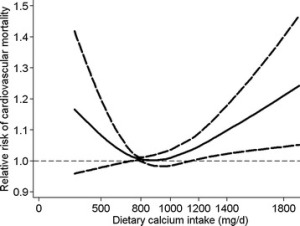Abstract
Two doses of sclerostin antibody in cynomolgus monkeys increases bone formation, bone mineral density, and bone strength.
The development of bone-rebuilding anabolic agents for treating bone-related conditions has been a long-standing goal. Genetic studies in humans and mice have shown that the secreted protein sclerostin is a key negative regulator of bone formation. More recently, administration of sclerostin-neutralizing monoclonal antibodies in rodent studies has shown that pharmacologic inhibition of sclerostin results in increased bone formation, bone mass, and bone strength. To explore the effects of sclerostin inhibition in primates, we administered a humanized sclerostin-neutralizing monoclonal antibody (Scl-AbIV) to gonad-intact female cynomolgus monkeys. Two once-monthly subcutaneous injections of I were administered at three dose levels (3, 10, and 30 mg/kg), with study termination at 2 months. Scl-AbIV treatment had clear anabolic effects, with marked dose-dependent increases in bone formation on trabecular, periosteal, endocortical, and intracortical surfaces. Bone densitometry showed that the increases in bone formation with Scl-AbIV treatment resulted in significant increases in bone mineral content (BMC) and/or bone mineral density (BMD) at several skeletal sites (ie, femoral neck, radial metaphysis, and tibial metaphysis). These increases, expressed as percent changes from baseline were 11 to 29 percentage points higher than those found in the vehicle-treated group. Additionally, significant increases in trabecular thickness and bone strength were found at the lumbar vertebrae in the highest-dose group. Taken together, the marked bone-building effects achieved in this short-term monkey study suggest that sclerostin inhibition represents a promising new therapeutic approach for medical conditions where increases in bone formation might be desirable, such as in fracture healing and osteoporosis.
Ominsky MS, Vlasseros F, Jolette J, Smith SY…
J. Bone Miner. Res. May 2010
PMID: 20200929


